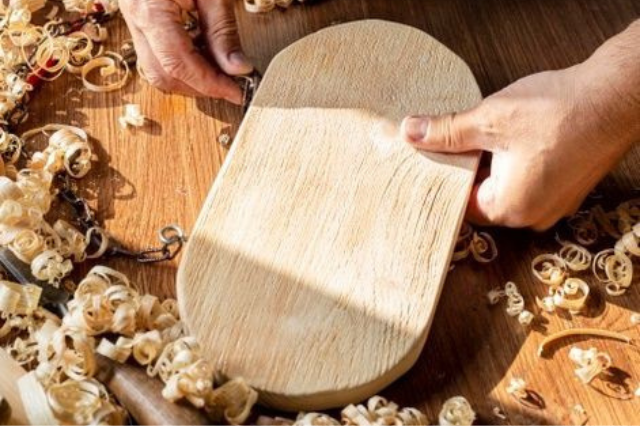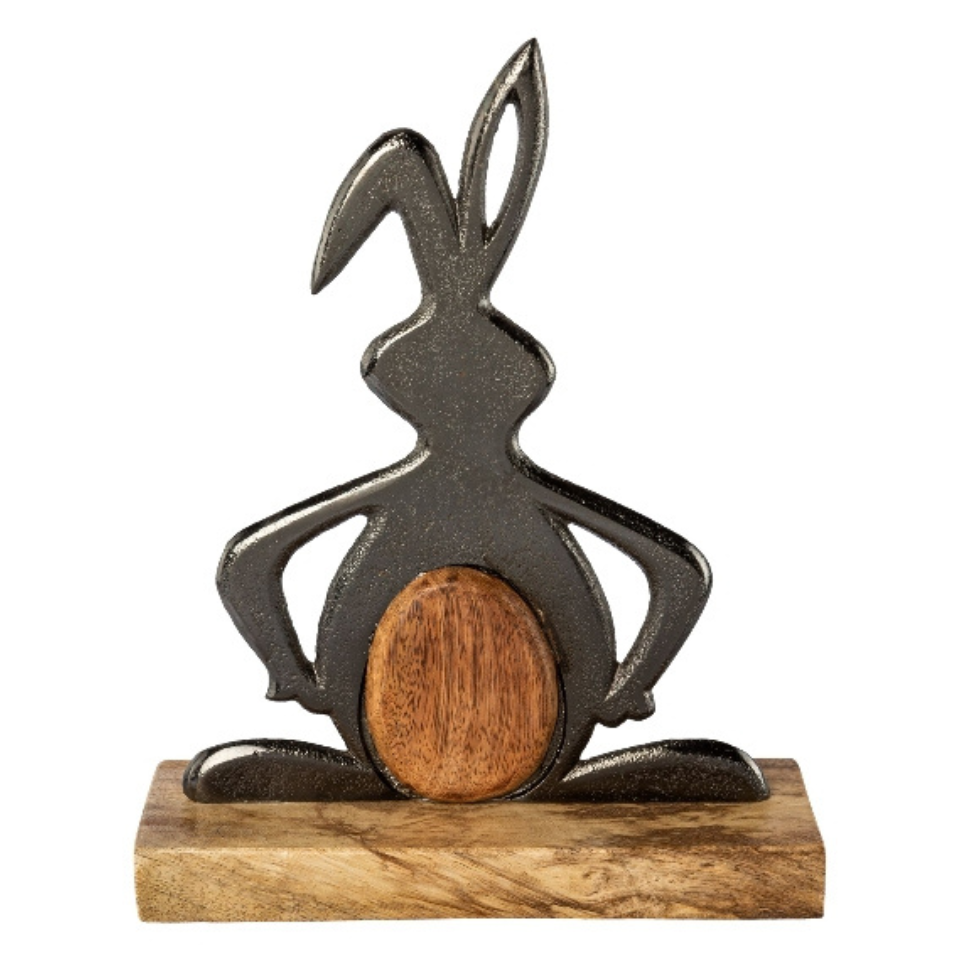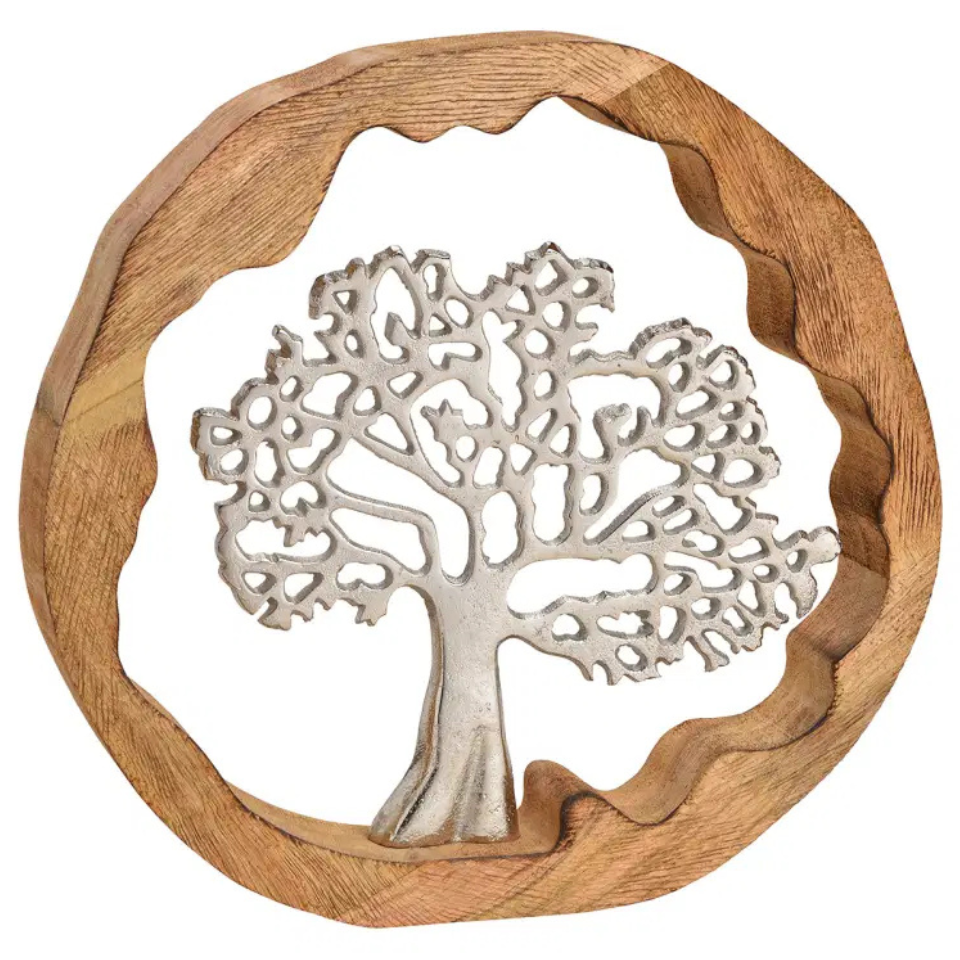Handicrafts have been an essential part of human culture and tradition for centuries. These artistic creations, made by skilled artisans, embody heritage, creativity, and the essence of cultural diversity. In a world dominated by mass-produced goods, the uniqueness and authenticity of handicrafts hold a special place, resonating with those who appreciate craftsmanship and sustainability.
This blog explores the magic of handicrafts, their importance, and why supporting this art form is a step toward preserving culture and fostering creativity.
What Are Handicrafts?
Handicrafts are items crafted by hand using simple tools and traditional methods. Unlike industrially manufactured products, each handicraft piece is unique and reflects the skill, creativity, and cultural background of the artisan. From pottery and textiles to jewelry and woodwork, handicrafts span a wide range of products that serve both functional and decorative purposes.

The Cultural Significance of Handicrafts
- Preserving Heritage:
Handicrafts often carry historical and cultural narratives. They represent traditions passed down through generations, keeping ancient skills and practices alive. For example, Indian block printing, Japanese origami, and Native American beadwork are not just art forms but storytelling mediums that convey the essence of their origins. - Fostering Identity:
Every handicraft is deeply rooted in its region's culture, symbolizing the identity and values of its community. Whether it's the intricate embroidery of Rajasthan or the vibrant weaving of Andean textiles, handicrafts highlight the uniqueness of each culture. - Spiritual Connection:
Many handicrafts have spiritual or ceremonial significance. For example, Tibetan mandalas or African tribal masks are more than decorative items; they carry profound religious and cultural meanings.
The Artistic Appeal of Handicrafts
- Uniqueness and Authenticity:
Unlike mass-produced goods, no two handicrafts are identical. The slight variations in design, color, or texture add charm, making them perfect for people who value exclusivity. - Attention to Detail:
Handicrafts showcase impeccable craftsmanship and intricate designs. Artisans invest hours or even days into creating each piece, ensuring it meets the highest quality standards. - Eco-Friendly Production:
Most handicrafts are made using sustainable materials and traditional methods, leaving a minimal environmental footprint. This aligns with the growing trend toward eco-conscious living.

The Economic Importance of Handicrafts
- Empowering Artisans:
The handicraft industry provides livelihoods to millions of artisans worldwide, especially in rural areas. Supporting this sector helps in reducing poverty and empowering local communities. - Boosting Local Economies:
Purchasing handmade products stimulates local economies by creating demand for materials, tools, and labor. It also encourages tourism in regions renowned for their craft traditions. - Promoting Fair Trade:
Handicrafts often come from fair-trade networks that ensure artisans receive fair wages and work in safe environments. By buying these products, consumers contribute to ethical trade practices.
Why Choose Handicrafts for Your Home and Lifestyle?
- Unique Home Décor:
Handcrafted items add character and warmth to any space. From intricately carved furniture to handwoven rugs, these pieces become conversation starters in your home. - Meaningful Gifts:
A handcrafted gift carries sentimental value and shows thoughtfulness. It’s a great way to celebrate special occasions while supporting artisans. - Sustainable Fashion:
Handcrafted jewelry, bags, and apparel are stylish and sustainable choices for those who want to make a fashion statement without harming the planet.

Challenges Faced by the Handicraft Industry
Despite its importance, the handicraft industry faces several challenges:
- Competition from Mass Production:
The rise of cheap, machine-made products threatens the survival of traditional crafts. - Limited Market Access:
Many artisans lack the resources to reach a global audience, limiting their potential earnings. - Declining Interest:
Younger generations often move away from traditional crafts due to limited financial prospects, leading to the risk of losing these skills forever.
How You Can Support the Handicraft Industry
- Buy Authentic Handicrafts:
Invest in handmade products from local artisans or certified marketplaces. Look for labels indicating fair trade or authentic craftsmanship. - Spread Awareness:
Share the stories behind the crafts you buy. This not only promotes artisans but also educates others about the cultural significance of handicrafts. - Learn the Art:
Participate in workshops or courses to learn handicraft techniques. This keeps the tradition alive and fosters a deeper appreciation for the art form. - Support Online Platforms:
Many online platforms specialize in selling handcrafted products. By shopping there, you help artisans reach a broader audience.
The Future of Handicrafts
As the world embraces sustainability and ethical consumerism, the demand for handicrafts is expected to grow. Efforts to integrate technology, such as e-commerce platforms and digital marketing, are helping artisans connect with global markets. With continued support from consumers and governments, handicrafts can thrive as a symbol of human creativity and cultural preservation.
Conclusion
Handicrafts are more than just decorative items; they are symbols of heritage, creativity, and sustainable living. By choosing to buy and support handmade products, we not only enrich our lives with unique and meaningful creations but also contribute to the preservation of culture and the empowerment of artisans worldwide.
Let’s celebrate the timeless beauty of handicrafts and ensure this vibrant art form continues to inspire generations to come.

